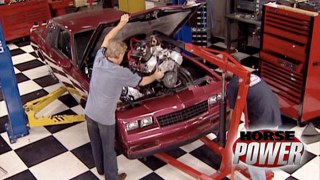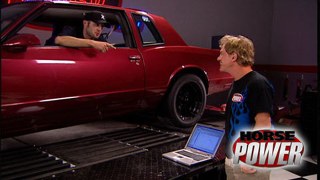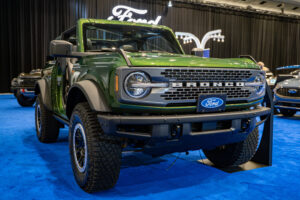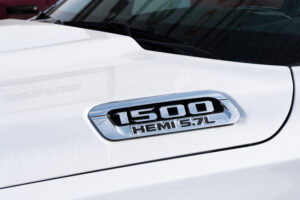More Monte Carlo Episodes
HorsePower Builds
Want more content like this?
Join the PowerNation Email NewsletterParts Used In This Episode
Federal-Mogul Corporation
Fel-pro performance cylinder head gaskets.
Lokar
Pedal pad covers for gas pedal, brake pedal and clutch pedal.
Nitrous Express
Conventional stage six plate system/contains jetting for 50-300 R.W.H.P. complete with 10 lb. bottle and lightning solenoids and supply line.
O'Reilly Auto Parts
Shifter boot with mounting plate.
Retrotek Speed
Smartshift system shifter with steering wheel mounted F1 paddles.
Stage 8 Locking Fasteners
Offering locking bolts for headers, oil pans, flywheels and many more applications.
Summit Racing
Crower hydraulic roller cam, comp cams roller lifters, Summit pushrods 7.90 length, Dart Pro 1 cylinder heads, Dart single plane intake, Summit 1.5 rocker arms.



































